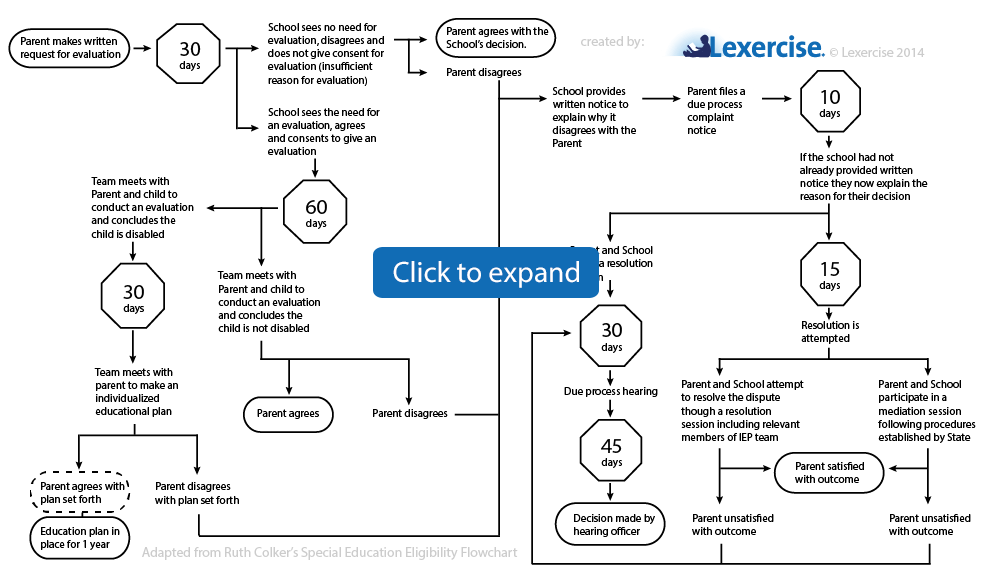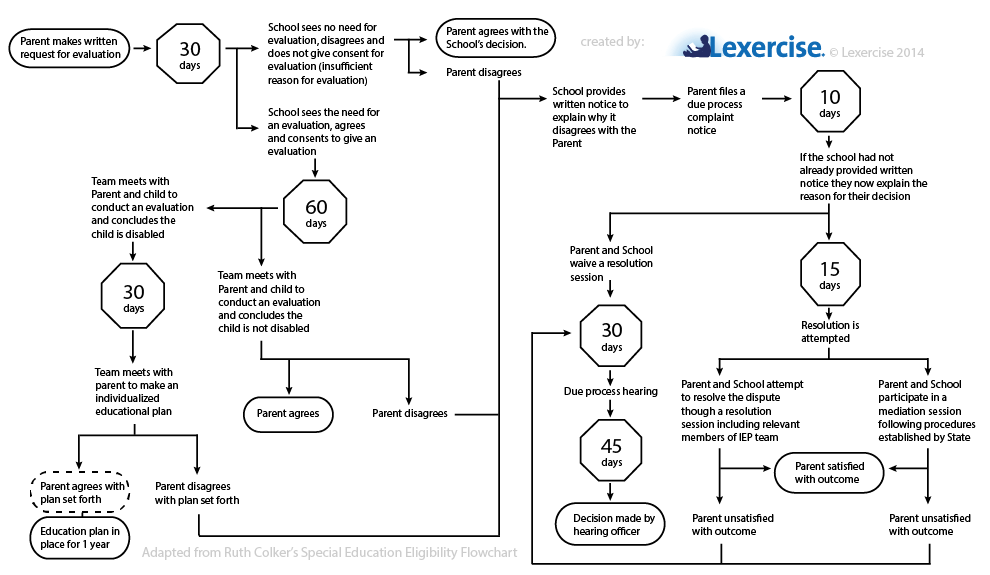Response to Intervention & Dyslexia in Schools
This is Part Two of a two-part series about what report cards might mean (or might not mean) for the struggling reader and writer. (If you havent’ yet, read Part One, Good Grades and Dyslexia)
Getting a Bad Report Card
The first grading period has ended or will soon end at schools across the United States. For many parents, this is the first opportunity they’ve had to learn about how their child is doing in school, and, for some, it will be the first time they learn that their child’s literacy is not developing as it should.
Even if you were already aware that your child’s reading and spelling are not where they should be, a bad report card is discouraging. If you have suspected your child has dyslexia, you may approach a parent-teacher conference thinking that this report card will be the catalyst to finally get your child the help he or she needs.
Often, if a child has not succeeded during a marking period, schools will begin interventions. Schools in the United States are encouraged to use a Response to Intervention model (often called RTI) to determine what level of interventions are necessary to assure student success. You may be told that your school will be providing “Tier 2” or “Tier 3” interventions. But a closer look at what this really means reveals that, too often, this simply delays getting your child the instruction that will close the reading gap and help him or her overcome dyslexia.
Three facts you should know about the RTI approach:
-
These interventions are designed to be provided in addition to regular instruction. So, during reading time, the student should still be participating in the regular instruction and the intervention should be provided at a different time of the day. This is a problem for two reasons. First, it means that a large chunk of your child’s day (the reading block) is likely still spent receiving frustrating instruction that has not yet succeeded in teaching him or her to read. Second, it means that your child will miss some other part of the school day, often in content areas that they are good at and enjoy, in order to participate in this intervention. This might be science lab or history time. In some schools, it’s even art or music that the kids miss out on!
-
The intervention is to be research-based and delivered in smaller groups. That may sound good on the surface but may still fail to meet your child’s needs. In the brief video below, dyslexia expert Sally Shaywitz explains the difference between research-based and evidence-based approaches. The bottom line is this: your school can meet the requirement for “research-based” intervention and still be using an approach that will not effectively teach your child to read. Second, a school’s definition of “small group” is very rarely small enough to provide the frequent feedback and individualized instruction required for students with dyslexia.
-
Securing appropriate intervention will take many months and may culminate in a recommendation for retention. The protocols at many schools mean that your child will first receive Tier 2 instruction for a period of time (often about six weeks, though sometimes more) and data will be used to determine the success of the program. Then, if that is not successful, he or she will receive Tier 3 instruction for the same period of time. If that is not successful, the school may consider testing your child for disabilities. This will then start a testing timeline that may or may not lead to an IEP or 504 plan. So, assuming you begin the RTI process now, your child may have completed this entire process by spring break. It may take even longer, leaving your child struggling with sub-par instruction, at the very least, until the end of the school year. If your child does not qualify for special education services according to testing (as often happens with children with dyslexia), your school may suggest retention, a truly terrible intervention for a person with dyslexia.
This graphic illustrates the slow, bureaucratic (and often unsuccessful) process required to classify a child to receive a public school’s tax-supported special education services and/or accommodations.

Conclusion: RTI is not the way to go for a dyslexic student
Research tells us that children have a limited period of optimal literacy development. A warning sign now should not be followed by a year-long delay in providing appropriate instruction. If your child’s report card and/or anything you are seeing in his or her reading and spelling leave you wondering if he or she has dyslexia, we recommend you take our free screener and call us to talk about what does work for dyslexics: individualized, structured literacy treatment.
Improve Your Child’s Reading
Learn more about Lexercise today.
15-minute consultation
Tori Whaley
Since 2003, Tori has been a committed special educator, working as an elementary special education teacher. Her drive to improve outcomes for her students with dyslexia led her to the Neuhaus Education Center, where she was trained in Orton-Gillingham the summer after her first year of teaching. "I was so frustrated as a first year teacher, not knowing how to meet my students' needs. I spent the entire summer learning about dyslexia and was thrilled by my students' progress the next year!" Since then, she has used the method in English and Spanish with students in three states. In 2009, Tori completed her M.Ed. in Special Education at the Peabody College of Vanderbilt University, where she focused on educational strategies for students with learning disabilities. Tori joined the Lexercise team full-time in early 2014 after seeing students online for over a year. When she is not working, Tori loves to read, cook, garden, and spend as much time outdoors as possible.



Leave a comment